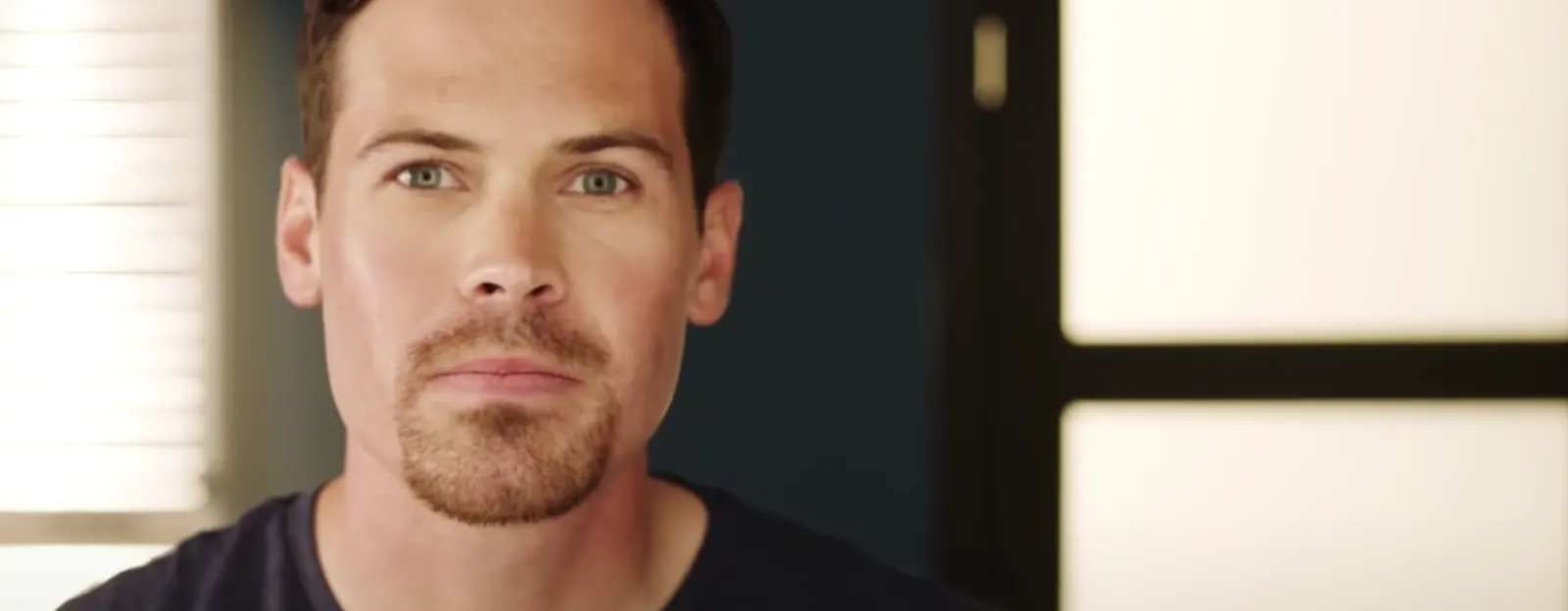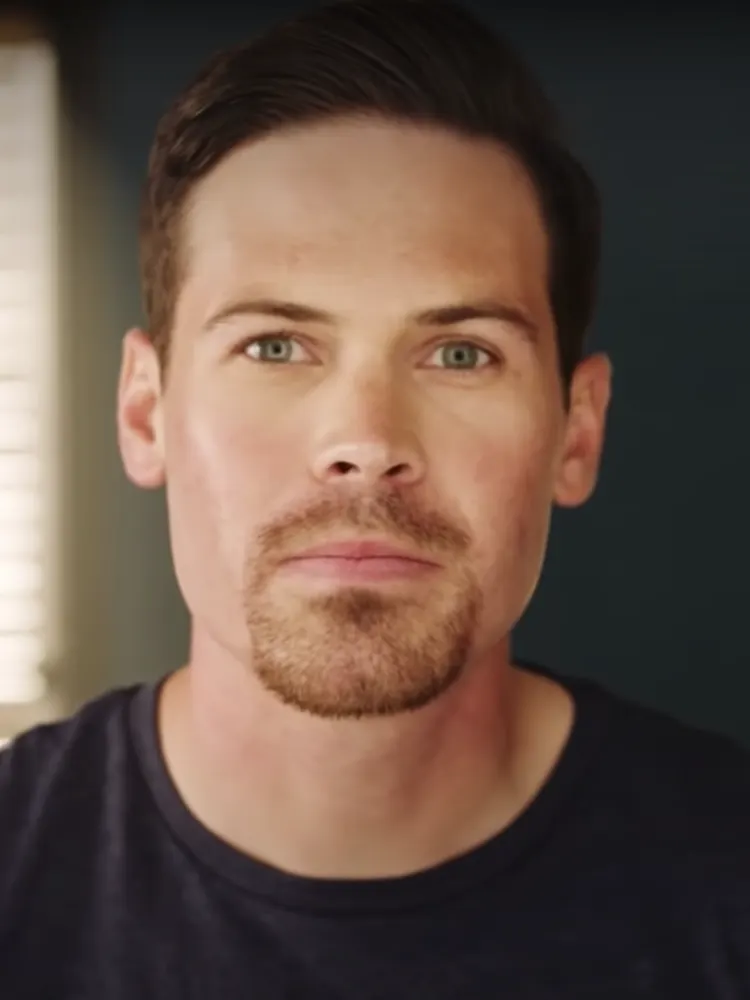Growing a beard: what you need to know
The short answer is: there isn’t much you can do to increase your beard growth rate — that comes down to genetics. The longer answer is: if you want to grow a great beard, you first need to know how to care for your beard. This guide covers all the basics you’ll need.
Growing and caring for your beard
Step 1: Let your beard grow for a few days or a week (depending on how fast your hair grows).
Then, decide on what style you want and what fits the shape of your face. If you don’t know the shape of your face already you can find out by looking straight into the mirror and roughly tracing the outline you see onto the mirror. Be extra sure to use something non-permanent, like toothpaste, or a dry erase marker to trace your shape. Then, decide on a beard style that works best for your face shape: square, round, rectangle, or oval.
Square
Full Goatee
Sometimes known as a “Circle Beard,“ the goatee is formed by a chin patch connected to a moustache.
Royale
Like the “Van Dyke” for round faces (below), this is a variation on the “Full Goatee” with a detached moustache.
Goatee without Moustache
A variation on the “Full Goatee.”
Petite Goatee without Moustache
As the name implies, it’s an even smaller version of the “Goatee without Moustache.”
Round
Van Dyke
Like the “Royale” for a square face (above), this is a variation on the “Full Goatee” with a detached moustache and more angular lines along the chin.
Short Boxed
A full face beard with thin, neatly trimmed sides.
Balbo
A beard without sideburns that includes a trimmed, detached moustache.
Anchor
As the name implies, the chin shape looks like an anchor as it traces the jawline and is paired with a moustache.
Rectangle
Mutton Chops
Connect long sideburns to a moustache and leave the chin bare.
Gunslinger with Moustache
Similar to “Mutton Chops” this style connects a long horseshoe moustache with hair that traces the jawline.
Chin Strip
A vertical strip between the lip and chin.
Chin Strap
A beard that traces the jawline and does not include a moustache.
Soul Patch
A small “moon” of hair just below the center of your bottom lip.
Hipster
With more hair along the neck, this is a longer version of the “Short Boxed” style for round faces (above).
Oval
Chevron
Cover your entire top lip with this “chevron” shaped style.
3-Day Stubble
This “scruffy” look with short hair on the neck and cheeks simulates three days of beard growth.
Horseshoe
Similar to the “Gunslinger” for rectangular faces (above), but without hair along the jawline.
Stache
The original moustache, shorter and less full than the “Chevron.”
Step 2: Define your beard shape
Depending on the length of your beard, you may need to start with a trimmer. Once the hair is short enough to shave, use a razor to define the shape of your beard. Having a clean, sharp, well-defined beard comes down to how much detail you put into your shave. Take advantage of precision trimmer to help create sharp, even lines along the jaw, cheeks, etc.
Step 3: Maintain your beard style
Now that you have defined your style, shave the rest of your face daily to keep a consistent look. Trim your beard once or twice a week to keep your beard length under control. See our “Stay-At-Home Grooming and Self-Care Tips For Men” for a detailed checklist plus routine.
Step 4: Groom your beard
Here are some great daily beard grooming habits to get into:
- Keep your beard clean. Wash and condition your beard when you take a shower.
- Apply beard oil right after your shower to help soften and smooth your facial hair for a well-groomed look.
- Brush your beard daily.
- Build up your arsenal of beard care products. A Beard and Face Moisturizer is a lightweight, hydrating formula that helps keep your stubble and skin feeling soft and comfortable.



Was this article helpful?

